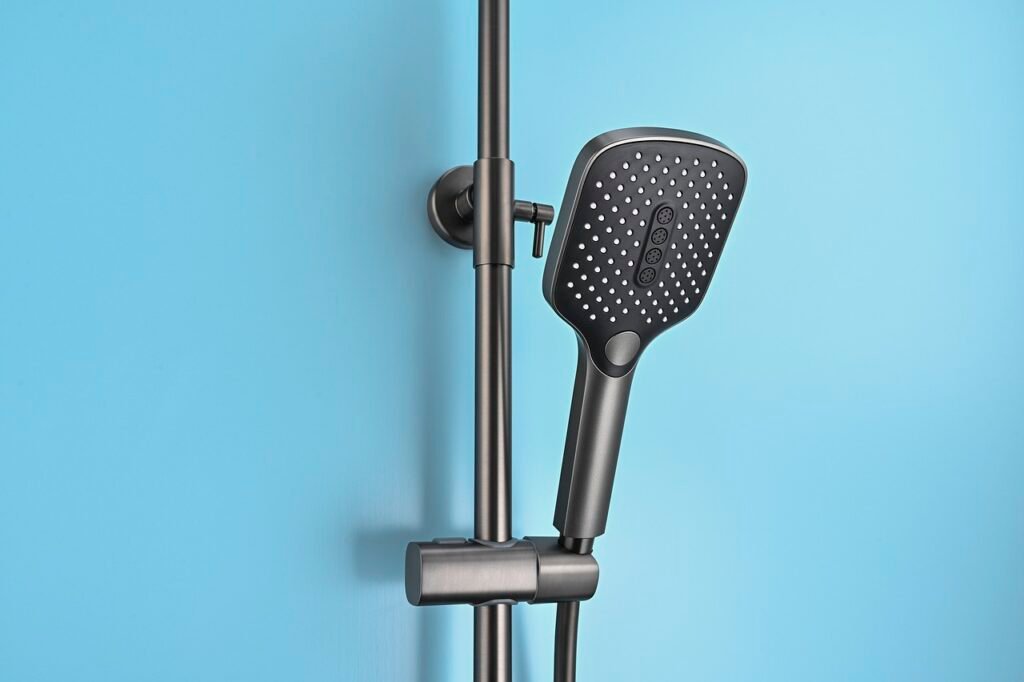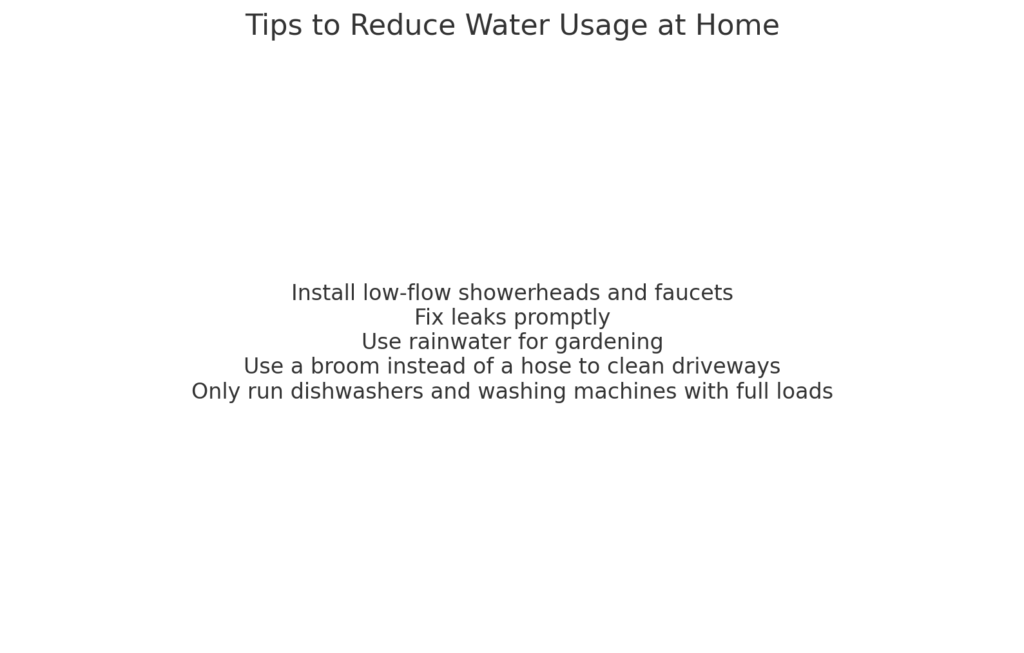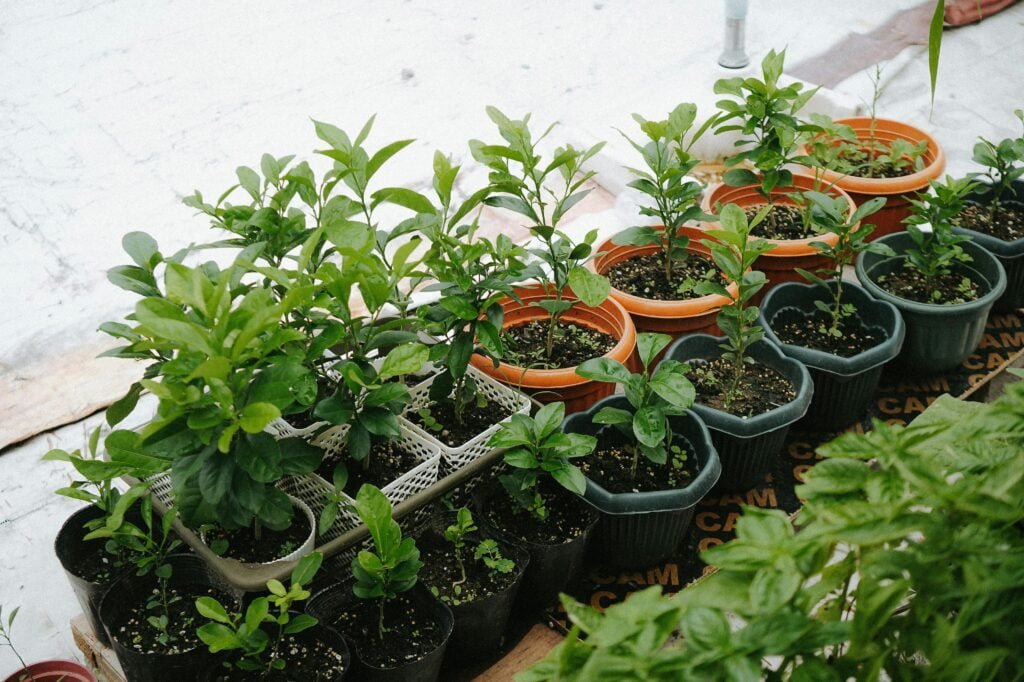
Creating an eco-friendly home is one of the most impactful steps you can take towards a sustainable lifestyle.
By making small, conscious changes, you can significantly reduce your environmental footprint and contribute to a healthier planet.
Here are ten ways to make your home more eco-friendly, along with practical tips and product recommendations.
1. Use Energy-Efficient Appliances

One of the most effective ways to reduce your home’s energy consumption is by using energy-efficient appliances.
These appliances are designed to use less energy while still performing effectively, which can help lower your electricity bills and reduce greenhouse gas emissions.
Tips for Choosing Energy-Efficient Appliances:
- Look for the Energy Star Label: Appliances with the Energy Star label meet strict energy efficiency guidelines set by the U.S. Environmental Protection Agency.
- Compare Energy Ratings: Check the energy rating labels to compare the efficiency of different models.
- Consider Size and Capacity: Choose appliances that are appropriately sized for your needs. Larger appliances typically use more energy.
Energy-Efficient Appliances to Consider:
- Refrigerators: Modern energy-efficient refrigerators use up to 40% less energy than models made 10 years ago.
- Washing Machines: Front-loading washing machines are generally more efficient than top-loading models.
- Dishwashers: Look for dishwashers with energy-saving modes and delay start options to run during off-peak hours.
Explore energy-efficient appliances on Amazon
2. Install Solar Panels

Harnessing solar energy is a powerful way to reduce your reliance on fossil fuels and lower your electricity bills.
Solar panels convert sunlight into electricity, providing a renewable and sustainable source of energy for your home.
Benefits of Solar Panels:
- Renewable Energy Source: Solar energy is abundant and renewable, reducing your dependence on non-renewable energy sources.
- Cost Savings: While the initial installation cost can be high, solar panels can significantly reduce your electricity bills over time.
- Environmental Impact: Solar panels produce clean energy, reducing your carbon footprint and greenhouse gas emissions.
Tips for Installing Solar Panels:
- Assess Your Home’s Solar Potential: Consider factors like roof orientation, shading, and available space to determine if solar panels are a good fit for your home.
- Choose a Reputable Installer: Work with a certified and experienced solar panel installer to ensure a quality installation.
- Understand Incentives: Look for federal, state, and local incentives that can help offset the cost of solar panel installation.
Find solar panel options on Amazon
3. Switch to LED Lighting

Lighting accounts for a significant portion of household energy use.
Switching to LED bulbs is a simple and effective way to reduce your energy consumption and lower your utility bills.
Why Choose LED Bulbs?
- Energy Efficiency: LED bulbs use up to 75% less energy than incandescent bulbs and last up to 25 times longer.
- Lower Heat Output: LED bulbs emit very little heat compared to incandescent bulbs, reducing the load on your cooling system.
- Environmental Benefits: By using less energy, LED bulbs help reduce greenhouse gas emissions.


Tips for Using LED Bulbs:
- Replace Frequently Used Bulbs First: Start by replacing the bulbs in the most frequently used rooms to maximize energy savings.
- Choose the Right Color Temperature: LED bulbs come in various color temperatures, from warm white to cool daylight. Choose one that suits the ambiance of your room.
- Consider Dimmable Options: Dimmable LED bulbs allow you to adjust the brightness to suit different activities and save energy.
Purchase energy-efficient LED bulbs
4. Practice Water Conservation

Water is a precious resource, and conserving it is essential for a sustainable home.
There are many ways to reduce water usage in your household, from fixing leaks to installing water-saving devices.
Tips for Conserving Water:
- Fix Leaks: Even small leaks can waste a significant amount of water over time. Regularly check for and repair any leaks in faucets, toilets, and pipes.
- Install Low-Flow Fixtures: Low-flow showerheads, faucets, and toilets can reduce water usage without sacrificing performance.
- Use a Rain Barrel: Collect rainwater to use for watering your garden or lawn, reducing your reliance on municipal water supplies.

Water-Saving Products to Consider:
- Low-Flow Showerheads: These showerheads reduce water flow while maintaining pressure, saving water and energy.
- Dual-Flush Toilets: Dual-flush toilets offer two flushing options, using less water for liquid waste and more for solid waste.
- Water-Saving Faucets: Faucets with aerators mix air with water, reducing flow without compromising on performance.
Shop water-saving products on Amazon
5. Use Eco-Friendly Cleaning Products

Traditional cleaning products often contain harmful chemicals that can be detrimental to your health and the environment.
Switching to eco-friendly cleaning products is a safer and more sustainable choice.
Benefits of Eco-Friendly Cleaning Products:
- Non-Toxic: Eco-friendly cleaning products are free from harsh chemicals like phosphates, chlorine, and artificial fragrances.
- Biodegradable: These products are made from biodegradable ingredients that break down naturally and do not pollute waterways.
- Safe for Indoor Air Quality: Many eco-friendly cleaners have fewer volatile organic compounds (VOCs), improving indoor air quality.
DIY Natural Cleaning Solutions:
- Vinegar and Baking Soda: This combination can tackle tough stains, clean ovens, and freshen drains.
- Lemon Juice: Lemon juice is a natural disinfectant and can be used to clean cutting boards, countertops, and sinks.
- Essential Oils: Add a few drops of essential oils like tea tree, lavender, or eucalyptus to your cleaning solutions for a natural fragrance and added antibacterial properties.
Explore eco-friendly cleaning products
6. Adopt a Zero-Waste Lifestyle

A zero-waste lifestyle focuses on reducing waste by reusing, recycling, and composting as much as possible.
By adopting zero-waste practices, you can significantly reduce the amount of trash your household generates.
Tips for a Zero-Waste Lifestyle:
- Use Reusable Products: Replace single-use items with reusable alternatives, such as cloth shopping bags, stainless steel water bottles, and glass food storage containers.
- Compost Organic Waste: Composting organic waste, such as fruit and vegetable scraps, can reduce the amount of trash that goes to the landfill and create nutrient-rich soil for your garden.
- Recycle Properly: Follow your local recycling guidelines to ensure that recyclable materials are properly sorted and processed.

Zero-Waste Products to Consider:
- Reusable Produce Bags: These lightweight bags are perfect for carrying fruits and vegetables without using plastic.
- Beeswax Wraps: Beeswax wraps are a sustainable alternative to plastic wrap for covering and storing food.
- Stainless Steel Straws: Replace disposable plastic straws with reusable stainless steel straws.
Browse zero-waste products on Amazon
7. Choose Sustainable Furniture

Sustainable furniture is made from eco-friendly materials and manufactured using environmentally responsible practices.
Investing in sustainable furniture can help reduce deforestation and promote sustainable forestry practices.
Characteristics of Sustainable Furniture:
- Eco-Friendly Materials: Look for furniture made from reclaimed wood, bamboo, or other sustainable materials.
- Non-Toxic Finishes: Choose furniture with finishes that are free from harmful chemicals like formaldehyde and VOCs.
- Durability: High-quality, durable furniture reduces the need for frequent replacements, which can save resources and reduce waste.
Sustainable Furniture Brands to Consider:
- West Elm: Known for its commitment to sustainability, West Elm offers a range of furniture made from eco-friendly materials.
- IKEA: IKEA has a strong focus on sustainability and offers furniture made from renewable and recycled materials.
- Crate & Barrel: Crate & Barrel offers a selection of sustainable furniture, including pieces made from reclaimed wood.
Discover sustainable furniture options on Amazon
8. Grow Your Own Food

Growing your own food is a rewarding way to reduce your carbon footprint and ensure a steady supply of fresh, organic produce.
Whether you have a large garden or a small balcony, there are many ways to grow your own fruits, vegetables, and herbs.
Benefits of Growing Your Own Food:
- Reduced Carbon Footprint: Growing your own food reduces the need for transportation and packaging, lowering your carbon footprint.
- Health Benefits: Homegrown produce is often fresher and free from pesticides and other chemicals.
- Cost Savings: Growing your own food can save you money on grocery bills.
Tips for Starting a Home Garden:
- Start Small: Begin with a few easy-to-grow plants like tomatoes, lettuce, and herbs.
- Use Organic Soil and Fertilizers: Choose organic soil and fertilizers to ensure that your plants are healthy and free from harmful chemicals.
- Practice Crop Rotation: Rotate your crops each season to maintain soil health and prevent pests and diseases.
Find gardening supplies on Amazon
9. Reduce Plastic Use

Plastic pollution is a major environmental issue, and reducing your plastic use is a crucial step towards a more sustainable home.
By making conscious choices, you can minimize the amount of plastic waste you generate.
Tips for Reducing Plastic Use:
- Avoid Single-Use Plastics: Say no to single-use plastics like straws, utensils, and plastic bags. Opt for reusable alternatives instead.
- Buy in Bulk: Purchase food and household items in bulk to reduce packaging waste.
- Choose Plastic-Free Packaging: Look for products with plastic-free packaging, such as glass, metal, or paper.
Plastic-Free Products to Consider:
- Reusable Shopping Bags: Replace single-use plastic bags with durable, reusable shopping bags.
- Glass Food Storage Containers: Glass containers are a sustainable alternative to plastic for storing food.
- Bamboo Cutlery: Bamboo cutlery is a biodegradable and eco-friendly option for on-the-go meals.
Shop plastic-free products on Amazon
10. Support Sustainable Brands
Supporting brands that prioritize sustainability is a powerful way to promote environmental responsibility.
By choosing to buy from companies that are committed to sustainable practices, you can drive demand for eco-friendly products and encourage other businesses to follow suit.
Characteristics of Sustainable Brands:
- Eco-Friendly Practices: Sustainable brands prioritize eco-friendly practices, such as using renewable energy, reducing waste, and sourcing materials responsibly.
- Ethical Labor Practices: Look for brands that ensure fair labor practices and safe working conditions for their employees.
- Transparency: Sustainable brands are transparent about their practices and are committed to continuous improvement.
Sustainable Brands to Explore:
- Patagonia: Known for its environmental activism, Patagonia offers a range of eco-friendly outdoor clothing and gear.
- Seventh Generation: This company produces household products that are made from plant-based ingredients and packaged in recycled materials.
- The Body Shop: The Body Shop is committed to ethical sourcing and offers a range of cruelty-free and eco-friendly beauty products.
Explore sustainable brands on Amazon
Final Thoughts

Creating an eco-friendly home is a journey that involves making conscious choices and adopting sustainable practices.
By implementing these ten strategies, you can significantly reduce your environmental footprint and contribute to a healthier planet.
Remember, every small step counts, and together, we can make a big difference.
If you found this guide helpful, don’t forget to share it with your friends and family. Together, we can create a more sustainable future.


